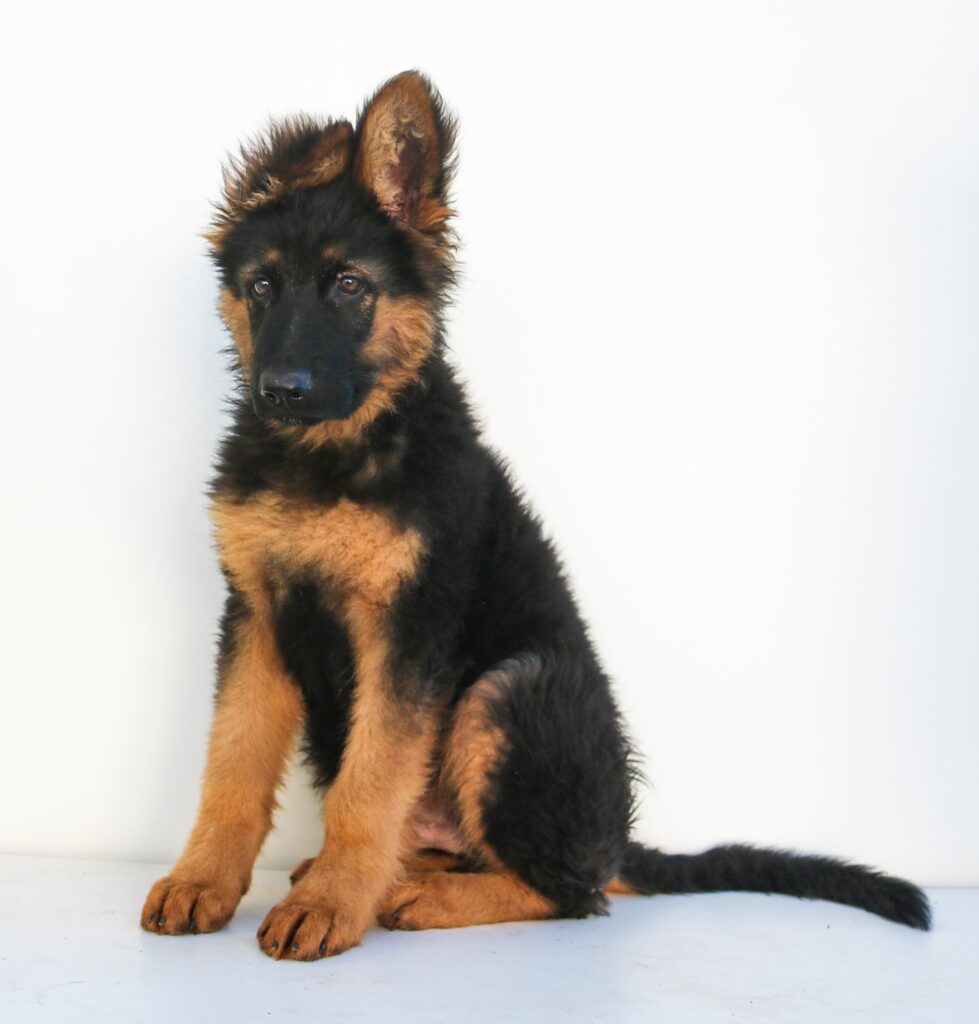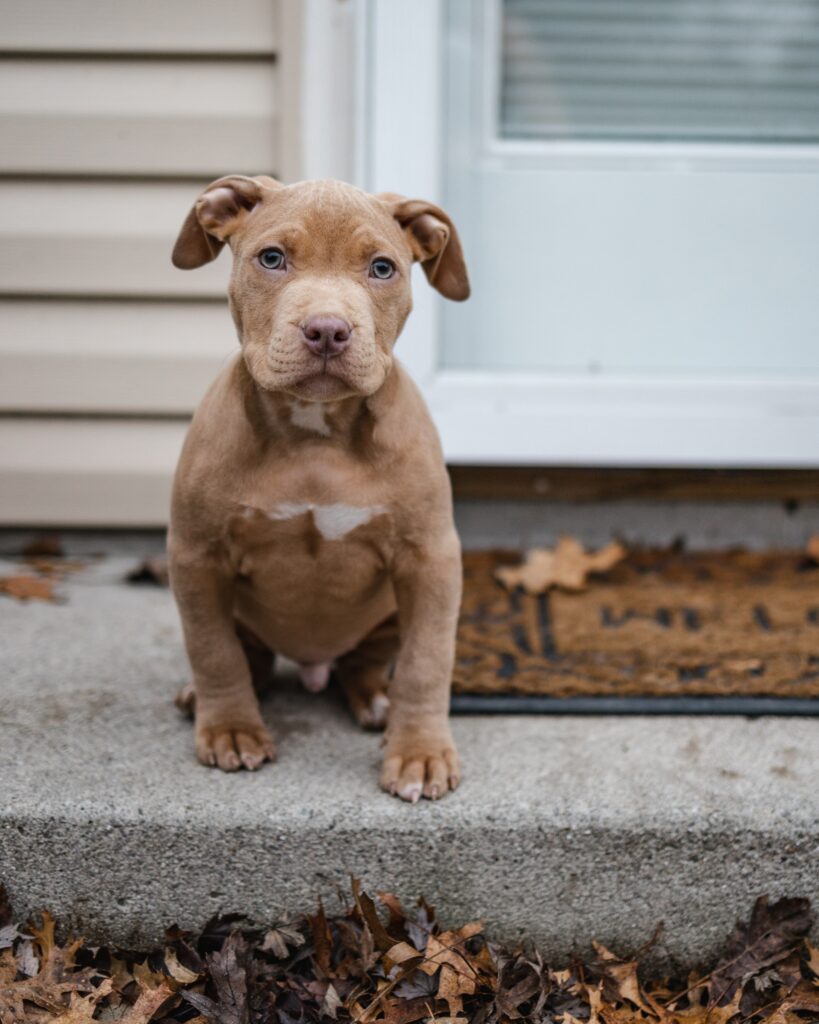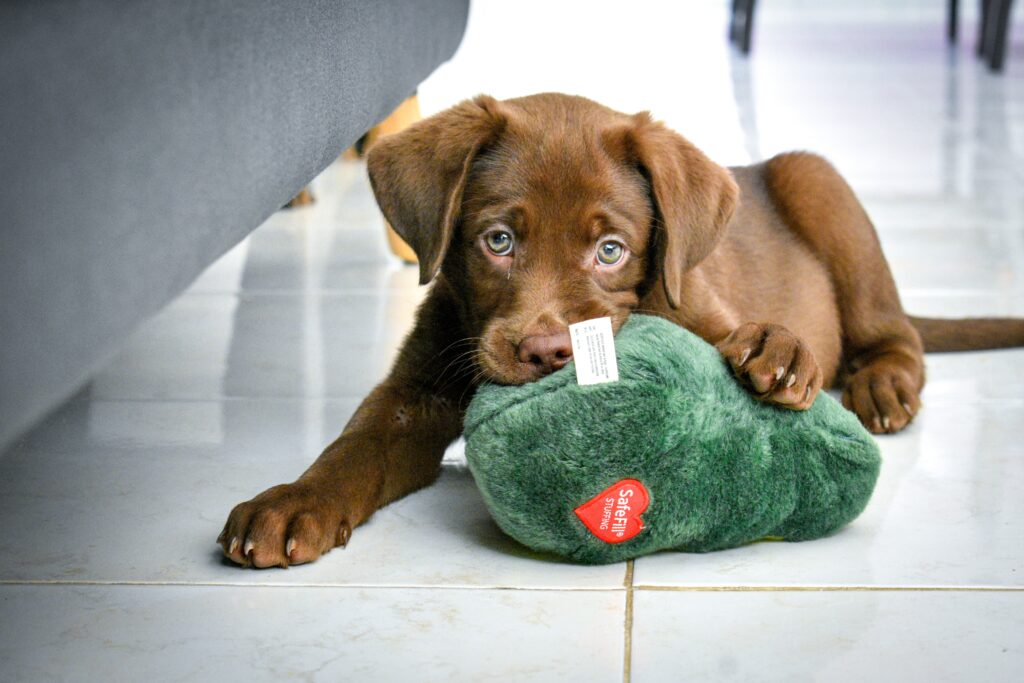The German Shepherd Dog (GSD)

If you have ever owned a German Shepherd you can account for their high intelligence and loyal nature, which is why they have been revered as the ultimate working dog. From home security, military patrol, police K9 duty, drug sniffing duty, bomb sniffing duty, search and rescue, air force security, and providing service to the physically challenged, the German Shepherd an amazingly versatile breed. But these ‘dog jobs’ are not what they were originally bred for. German Shepherds are in the herding group, and were originally bred to herd live stock. And because of their herding ability and intimidating presence, they got the title German Shepherd, instead of German Sheepdog. And their herding instinct is still very much a part of them, and are still used as herding dogs in both domestic and sport. In fact, if you watch them around young children their herding instinct are noticeable, and often try to corral children together. The GSD is highly affectionate with their family and good with children, making them one of the most popular breeds in the world. However, all breeds have behavioural issues, and here are four of the most common in GSDs
- Aggression
- Dominance
- Digging
- Hyperactivity
The German Shepherd is one of the most intelligent breeds, which is why behavioural issues such as digging and hyperactivity are common. If they are bored or have too much pent-up energy, digging and appearing hyperactive are outlets to deal those. Proper and continued training is necessary to keep a GSD intellectually engaged. Consistent and extensive exercise must be maintained in order to satisfy the breeds high stamina. And finally, proper socialization (see my other blog on proper socialization) is necessary to curb unwanted behaviours such as aggression and dominance with other dogs.
Labrador Retrievers
If you’ve ever known a Labrador well, you might have noticed they always seem to grab something to bring to you. That is because the Labrador Retriever was bred to be a devoted hunting dog and friendly companion. Their job wasn’t to ‘do’ the hunting, rather retrieve the game for the hunter, so they needed to be bred to be both retrievers and loyal companions. Because of their breed standard, they are typically hardworking, good-natured, and love affection. You might have noticed that most labs are incredibly friendly. This is a characteristic of the breed, and even the American Kennel Club describes that labs eyes “glimmer with kindliness.” Their loving nature and has made them one of the best family breeds, and in the top five most popular breeds in North America. However, here are four behavioural issues we often see with labs:
- Excessive and destructive chewing
- Hyperactivity
- Excessive barking
- Digging
Because they were bred as working dogs, labs need outlets to keep mentally and physically fit. These behavioural issues stem from them being bored. Proper training and regular exercise need to be paramount for any lab owner.
American Pit Bull Terrier

The American Pit Bull Terrier, often referred to as a pit bull, is a breed that originated from the Olde English bulldog in the United Kingdom. They were bred for the sport of bull-baiting, where they were required to attack a chained bull or bear. Because of the need to take down such a large animal, traits such as muscularity, strong jaws, and being compact and low to the ground were required in these dogs. In 1835, the British Parliament banned the baiting of bulls, but that did not stop people from using these dogs in other cruel sports. The attention was then focused on pitting rats, and other dogs, which required greater speed and agility than the Olde English bulldog attained. Therefore they were crossed with terriers, and the American Pit Bull Terrier was established. In the U.S., these dogs were seen as a working breed and became the U.S. military mascot during WWI. Their popularity grew, especially as family dogs, and they are considered an American icon.
Pit bull owners describe their dogs as playful, loving and loyal, and very attuned to their humans. They are full of affection and can be great family pets. However, because of their breeding, pit bulls are powerful and determined. They require proper and early socialization. Remember, this breed was designed to fight, so it takes a lot of training and exercise to suppress their instincts.
Behaviour issues we often see with pit bulls include:
- Aggression
- Excessive and destructive chewing
- Jumping
- Digging
Just like our other working breeds in this blog, pit bulls require a lot of attention, training, and exercise. If they do not receive this level of care, these behavioural issues will most likely arise.
French Bulldog

The French Bulldog has become one of the world’s most popular small-dog breeds. They were originally created in England to be a miniature companion Bulldog, but after frequently accompanying English lacemakers to France, they acquired their French name. French Bulldogs are known for their adaptability – they are great for first-time dog owners and people who live in apartments. They are very friendly towards kids, strangers, and other dogs. They are easy to groom, easy to train, and very affectionate – it’s no wonder they are considered one of the most companionable breeds. However, because of their dependence on their human for love and affection, French Bulldogs have a few behaviour issues:
• Separation anxiety
• Clingy behaviour
• Barking and whining
• Jumping up on people
Because they were bred as companion dogs, the French Bulldog needs to experience time away from their human at a young age. Start off with short trips, a few minutes at a time, and gradually increase. This will show the dog that although their human leaves, they always come back. Proper training and regular exercise are also important for any breed. Also, keep up with proper socialization!

Leave a Reply
You must be logged in to post a comment.